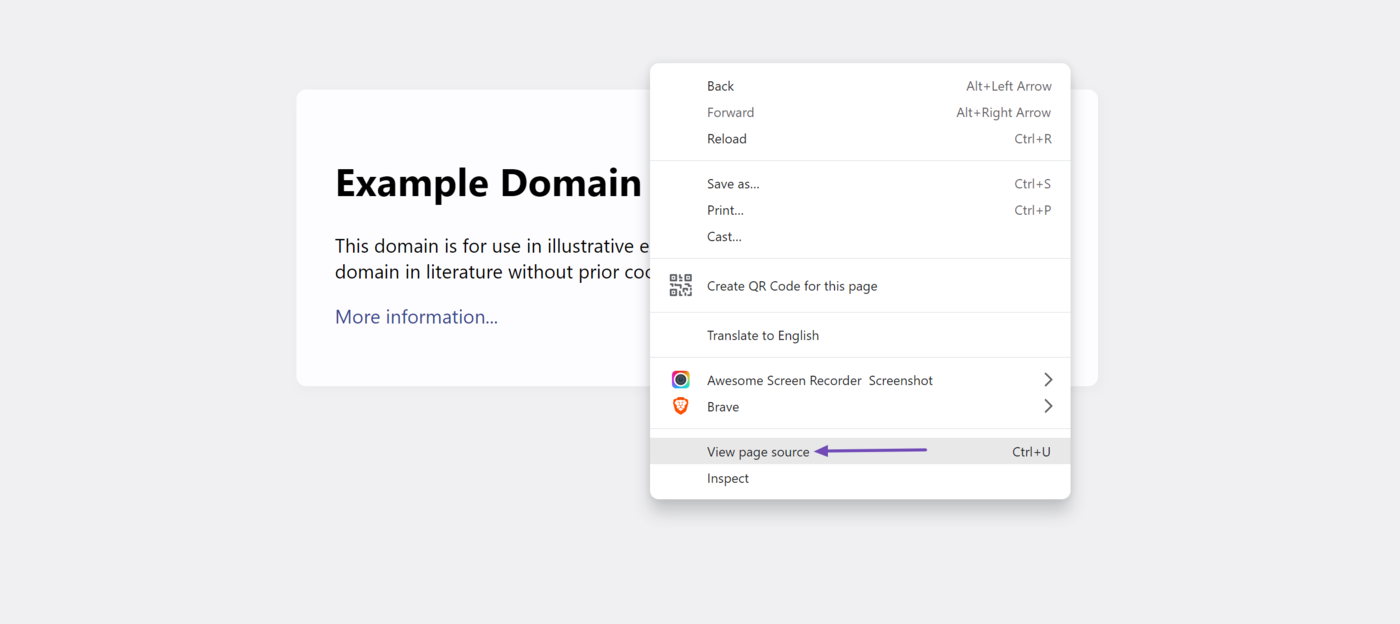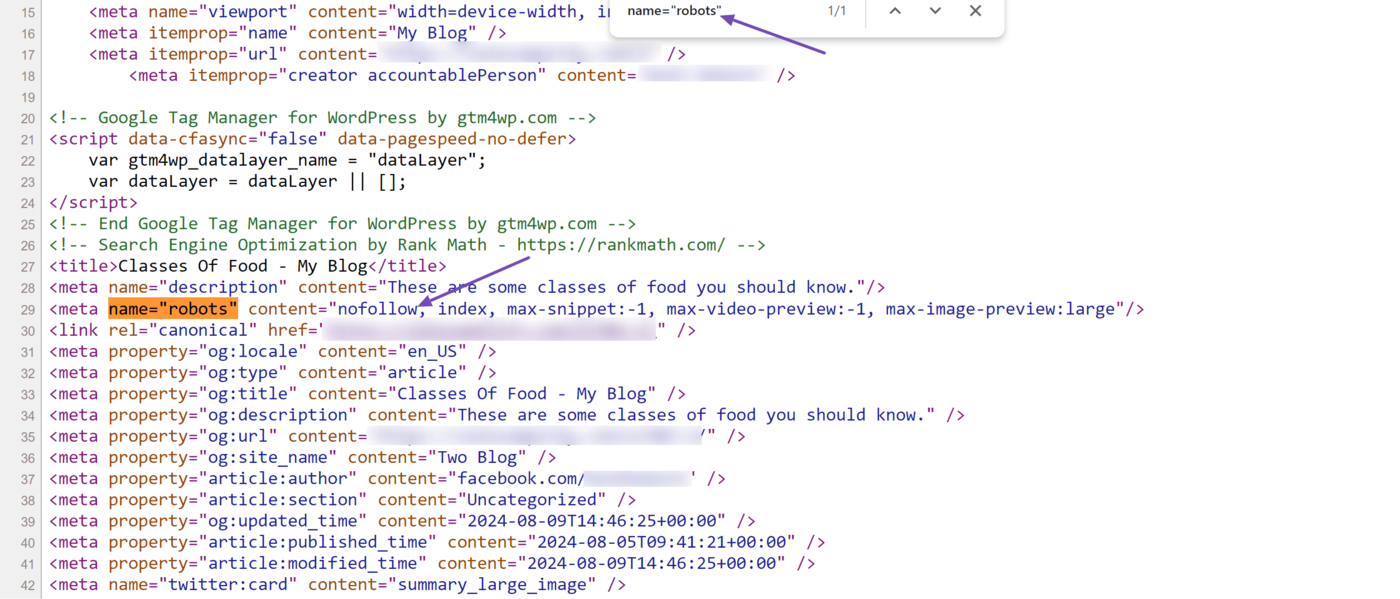What is a Dofollow Link?
A dofollow link is a link that passes link equity, also called link juice, to the webpage it points to. It is also called a follow link and is the opposite of the nofollow link, which refers to links that do not pass link equity to the pages they point to.
All links are dofollow by default. However, you can declare them as nofollow by adding a nofollow (rel="nofollow"), sponsorizzato (rel="sponsorizzato"), or user-generated content (rel="ugc") link attribute.
Bloggers love dofollow links because of the link equity and authority they pass to the page receiving the link. Search engines consider these links as endorsements. Considering backlinks are a prominent search engine ranking factor, dofollow links often improve the search engine rankings of the webpages they link to.
How to Create a Dofollow Link
Every link is a dofollow link by default. So, you do not need to do anything to turn a link into a dofollow. For example, this is how a regular link, which is also a dofollow link, appears in a webpage’s HTML code.
<a href="https://www.example.com">Example Website Homepage</a>
However, you can declare the link as non seguire by adding the nofollow, sponsored, or user-generated content link attribute. For example, this is how the same link appears in the HTML code when you include a nofollow attribute:
<a rel="nofollow" href="https://www.example.com">Example Website Homepage</a>
This is how it appears in the HTML code when you include a sponsored attribute:
<a rel="sponsorizzato" href="https://www.example.com">Example Website Homepage</a>
This is how the same link appears with the user-generated content attribute:
<a rel="ugc" href="https://www.example.com">Example Website Homepage</a>
It is important to know that some links can be set to nofollow even if they do not contain the nofollow tag. This happens when the nofollow meta tag is added to the entire webpage.
In this case, every link on the webpage will be set to nofollow even though they will not contain any attribute indicating they are set to nofollow. However, the page’s HTML code will contain a nofollow meta tag like the one shown below:
<meta name="robots" content="nofollow" />
Importance of the Dofollow Link
The dofollow link provides the site that is being linked to with a series of SEO benefits. We will now address some of them below.
1 It Passes Link Equity
Dofollow links pass link equity, also called link juice, from the page providing the link to the page receiving it. Search engines consider this link equity as an endorsement.
This benefits the site receiving the link, as it indicates that the site is credible and its content is high-quality enough to be linked to. This, in turn, improves the site’s chances of ranking on search results pages.
2 It Improves a Page’s Link Profile
Search engines use your link profile to assess the credibility and trustworthiness of your site. A healthy link profile consists of dofollow and nofollow links from multiple sources across the web. This helps search engines determine the authenticity and trustworthiness of the page receiving the link.
3 Improves a Page’s Search Engine Rankings
Search engines consider the quality and quantity of links pointing to a page as a signal of its authority and relevance. Pages with a strong backlink profile, particularly with dofollow links from high-quality sites, are more likely to rank higher in search engine results pages.
How to Identify Dofollow Links on a Page
Some SEO tools like Semrush can show you the follow and nofollow links on a webpage. However, if you do not have access to a dedicated SEO tool, you would need to visit the webpage from which the link originates.
Then, right-click on a blank space on the page and click View Page Source. The exact wording may vary on your browser.

Next, click Ctrl + F on your keyboard and paste your link into it. Your link will be presented to you. You can then review the link to confirm whether it contains a nofollow, sponsored, or user-generated attribute.

You should also confirm that the page does not contain a nofollow robots tag. However, the exact implementation can differ from site to site. So, enter name=”robots” into the search bar. Once done, review the robots meta tag to confirm whether it contains a nofollow directive.
